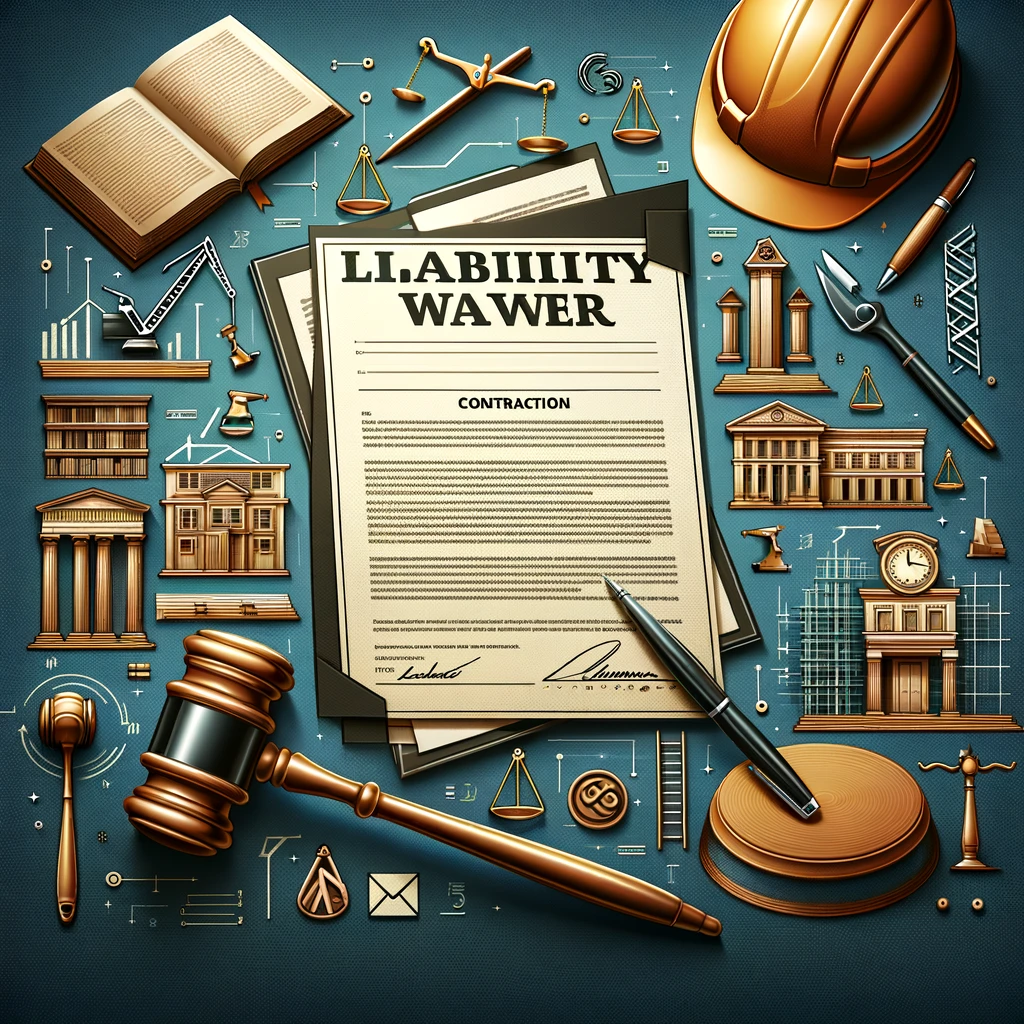The Essential Guide to Contractor Liability Waiver Templates
In the construction and contracting world, managing risk is paramount. One of the key tools at a contractor's disposal for mitigating liability is the Contractor Liability Waiver. This document, when properly executed, can protect contractors from certain liabilities arising during the course of work. This comprehensive guide delves into what a contractor liability waiver entails, its legal implications, and how to craft an effective template. We'll also provide insights from authoritative sources, enhancing the credibility and utility of the information presented.

Understanding Contractor Liability Waivers
A Contractor Liability Waiver, often referred to as a "Release of Liability," is a legal document where one party agrees to relinquish the right to pursue legal action against another party in case of an accident, damage, or any other incident that might occur during the execution of a contract.
Key Elements of a Contractor Liability Waiver Template
A robust contractor liability waiver template should include several key elements to ensure its effectiveness and enforceability:
Identification of Parties: Clearly specify the names and roles of the contracting parties.
Description of the Scope of Work: Outline the work to be performed under the contract.
Assumption of Risk: A statement by the signee acknowledging awareness of and assuming the risk associated with the work.
Release of Liability: The core component where the signee agrees not to hold the contractor liable for certain damages or injuries.
Indemnification Clause: Provisions for the signee to compensate the contractor for any losses due to claims that fall outside the waiver's scope.
Governing Law: Specifies the state laws that govern the agreement.
For detailed guidance on these elements, legal resources such as Cornell Law School's Legal Information Institute can provide valuable insights.
Legal Considerations and Enforceability
The enforceability of liability waivers can vary significantly between jurisdictions. It's crucial to understand the legal landscape regarding these documents, particularly the statutes and case law within the contractor's operating state. Information from .gov websites and academic articles on Google Scholar can offer foundational knowledge on state-specific regulations.
Crafting an Effective Liability Waiver
Creating an effective contractor liability waiver involves more than just filling out a template. It requires a thoughtful consideration of the project's specific risks, the legal environment, and the parties' interests. Here are a few tips for crafting a waiver:
Customize for the Project: Tailor the waiver to address the unique risks and specifics of the project.
Ensure Clarity: Use clear, straightforward language to ensure all parties understand the terms.
Seek Legal Review: Have a legal professional review the waiver to ensure its enforceability and compliance with relevant laws.
Best Practices for Use
Transparent Communication: Discuss the waiver with the other party to ensure they understand its implications.
Voluntary Signing: Ensure that the signing of the waiver is a voluntary act, free from coercion.
Secure Storage: Keep signed waivers securely stored in case they need to be referenced in the future.

Create & Review Your Contracts 10x Quality and Ease
Lawyer-level AI handles all your contract needs, with real lawyers providing safeguarding support

Conclusion
Contractor liability waivers are a critical tool in the risk management arsenal of contractors and construction professionals. By understanding the key components, legal considerations, and best practices for crafting and implementing these documents, contractors can protect themselves from potential liabilities while maintaining transparent and fair dealings with their clients.
References
Cornell Law School's Legal Information Institute. Retrieved from https://www.law.cornell.edu/
USA.gov State Governments. Retrieved from https://www.usa.gov/state-government
Google Scholar. Retrieved from https://scholar.google.com/

